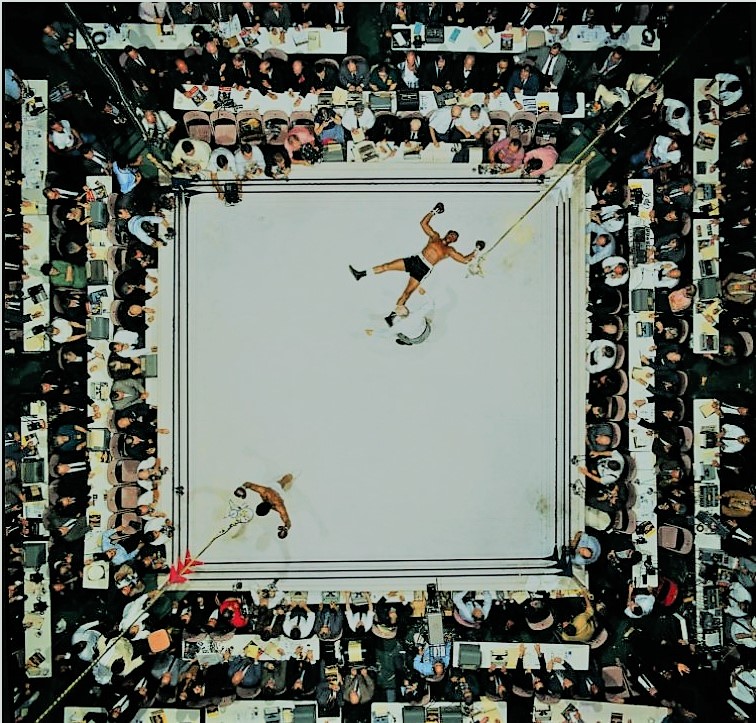
When I say sporting hell, I don’t mean a hell caused by war violence, but caused by a sporting event during extreme weather conditions. The Dutch always loved their sports, especially ice skating is very popular, Something like a war would not even stop that.
The Elfstedentocht (English: Eleven Cities Tour) is a long-distance tour skating event on natural ice, almost 200 kilometres (120 mi) long, which is held both as a speed skating competition (with 300 contestants) and a leisure tour (with 16,000 skaters). The Elfstedentocht is the ice-skating tour in the world. The event is in the province of Friesland in the Northeast part of the Netherlands. The scheduling is only after a prolonged period of severe frost.
After the Sixth Eleven Cities Tour in 1940 and the Seventh Eleven Cities Tour in 1941, virtually no one expected two years in a row organization again. However, in the winter of 1941/42—the frost was even more severe than in the previous two years. Objections that the German occupation would not make the race possible were, as in 1941, put aside. Taking part in sports was not made impossible for political reasons. After all, it fitted in with the German philosophy that physically strong boys could later be useful for the Arbeitseinsatz.
On 22 January 1942, after a long spell of frost, the Elfstedentocht was held again. As many as 4,800 skaters signed up. The atmosphere was extraordinary. Being together in Friesland, free from the Germans with their rules and bans, gave the participants a feeling of solidarity. The Germans could barely comprehend the Dutch fervency for the skating marathon. Given they had little control over the crowded event, they chose not to interfere. In 1942, Sietze de Groot of Weidum won the race. He skated the 200 kilometres in a record time: 8 hours and 44 minutes. Like all the others since 1912—the names—Auke Adema and Sietze de Groot—were engraved on the coveted silver trophy cup that passes from winner to winner, which is still the custom today.

In contrast to the year before and the first five editions of the Eleven Cities Tour, the route raced in the opposite direction and would always return that way afterwards. The route was not well marked everywhere, which meant that entire groups took a wrong course in the darkness of night—eliminating many favourites. Sietze de Groot, an excellent short track rider from Weidum, Netherlands, knew the way. De Groot, with Dirk de Jong from Huizum and Jan van der Bij from Julianadorp in North Holland, sprinted for victory in Leeuwarden. De Groot was by far the fastest.
It took them nearly 9 hours to finish the race—9 hours in severe frost.

Sources

Donation
I am passionate about my site and I know you all like reading my blogs. I have been doing this at no cost and will continue to do so. All I ask is for a voluntary donation of $2, however if you are not in a position to do so I can fully understand, maybe next time then. Thank you. To donate click on the credit/debit card icon of the card you will use. If you want to donate more then $2 just add a higher number in the box left from the PayPal link. Many thanks.
$2.00



































You must be logged in to post a comment.